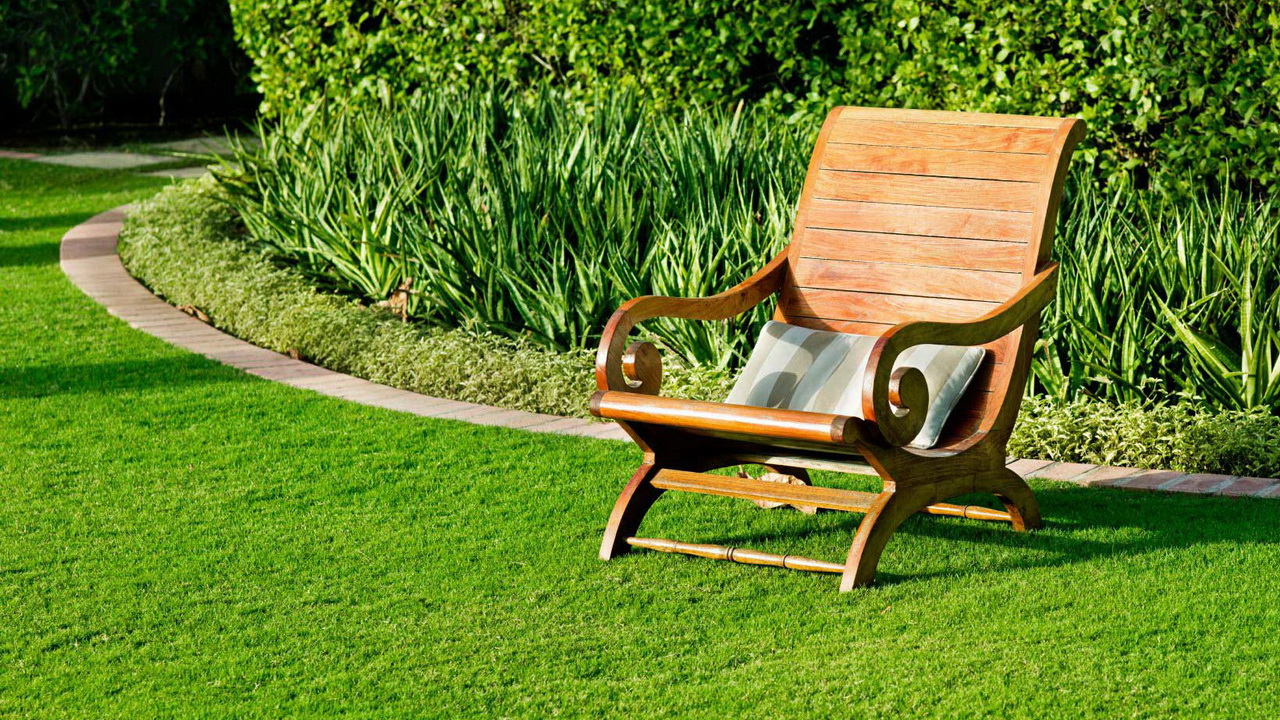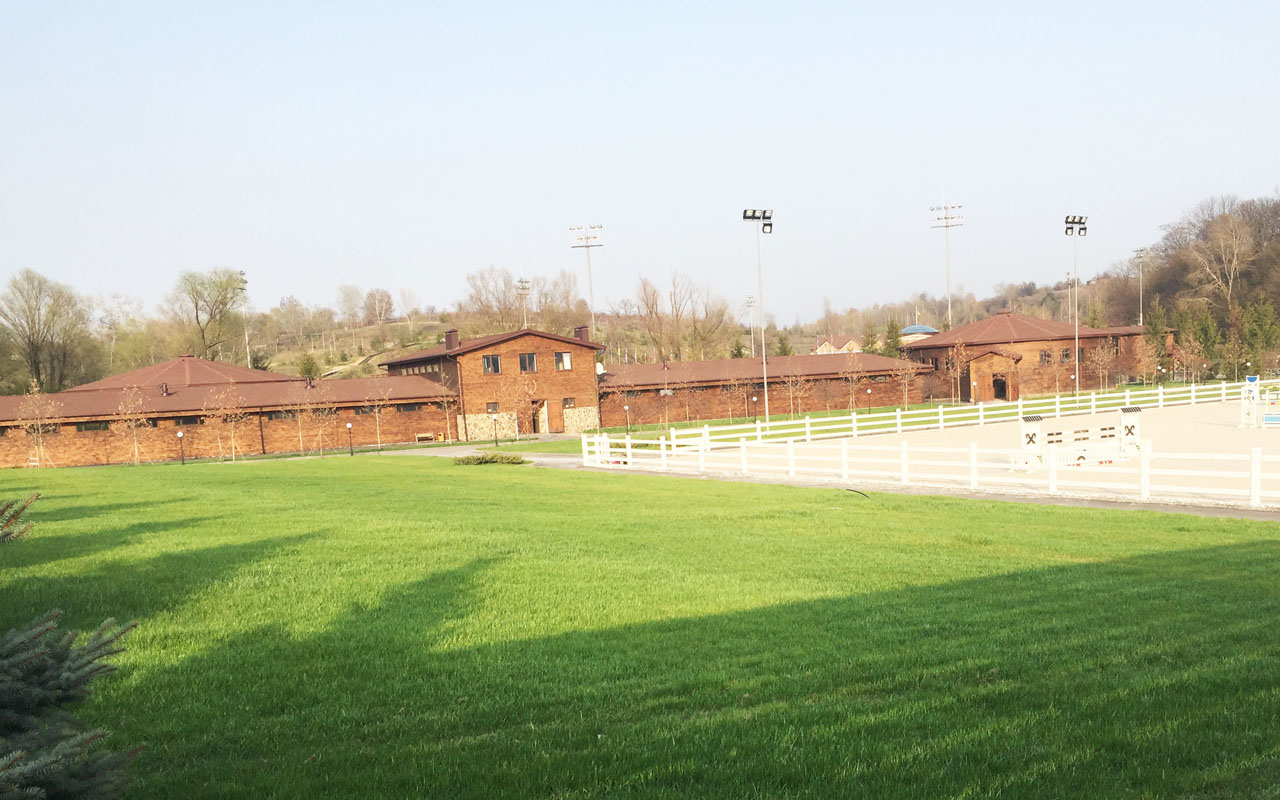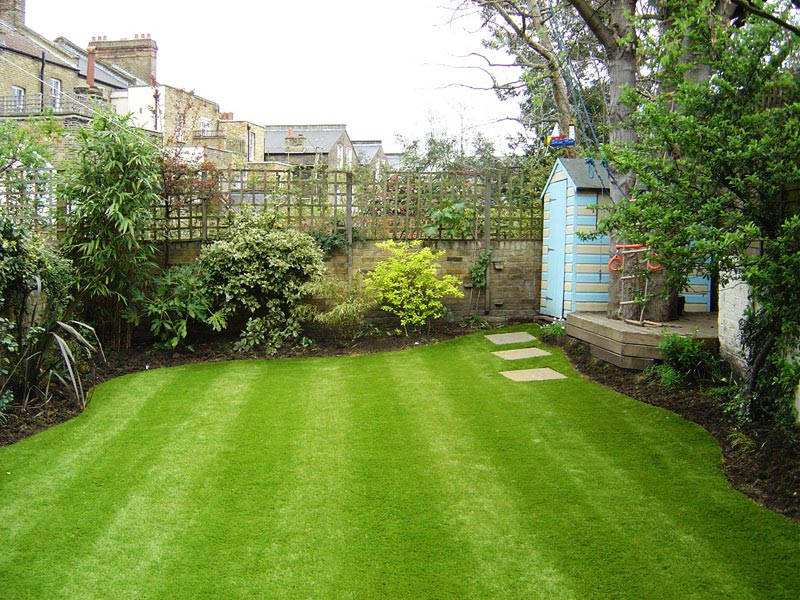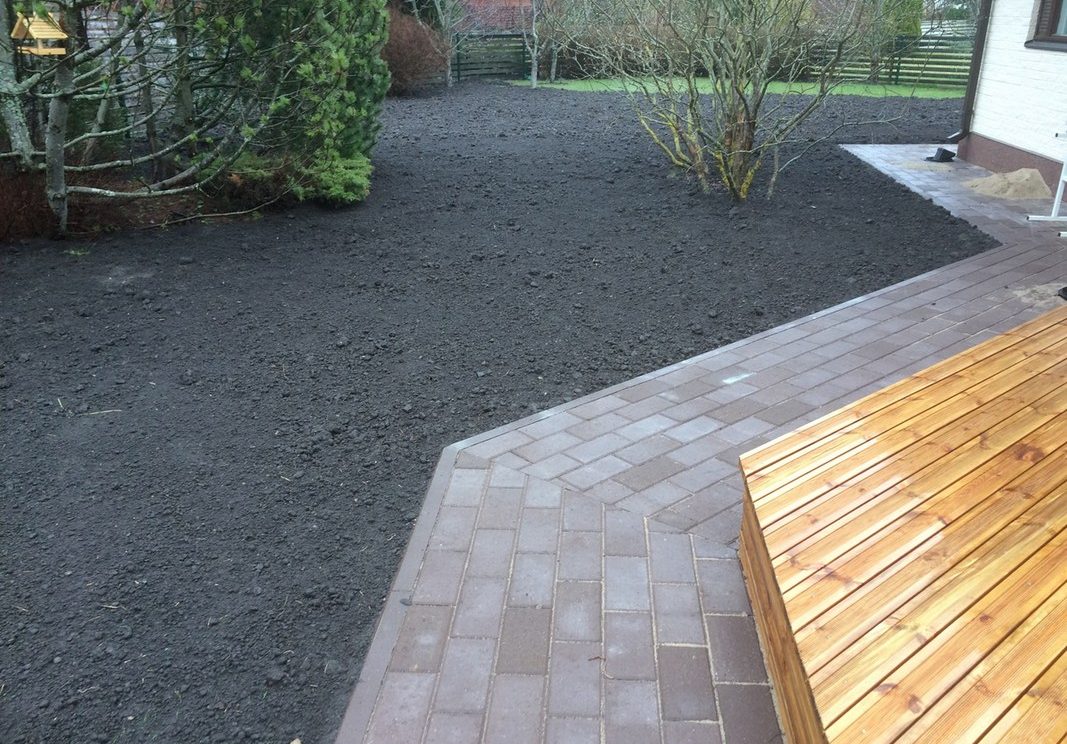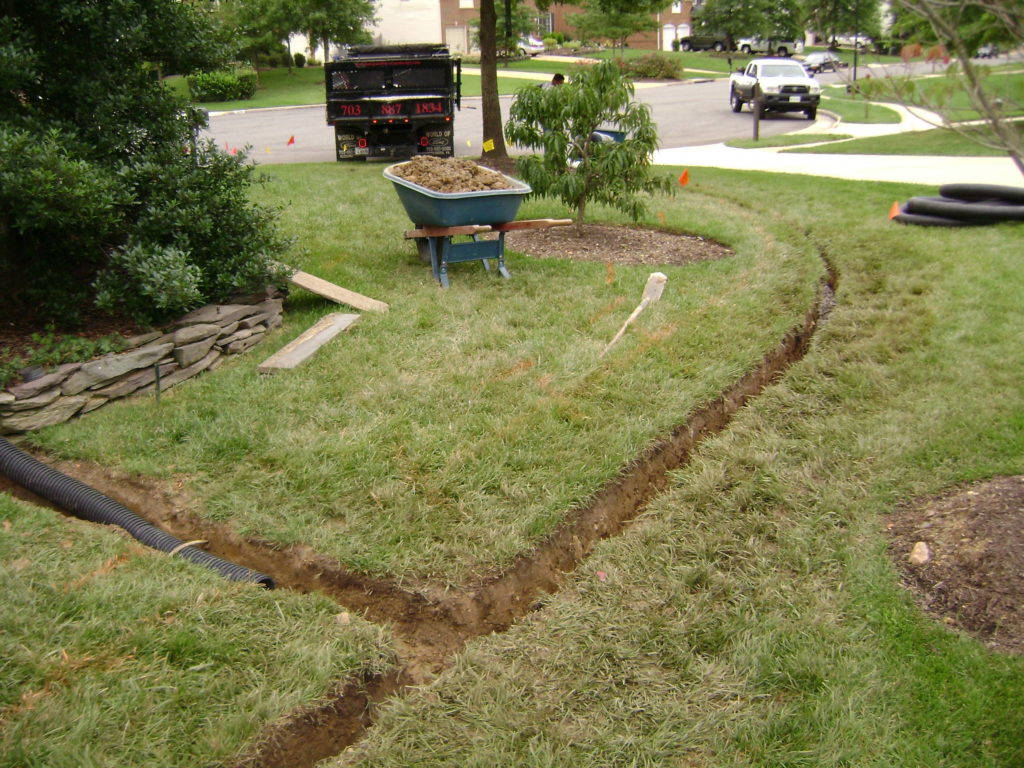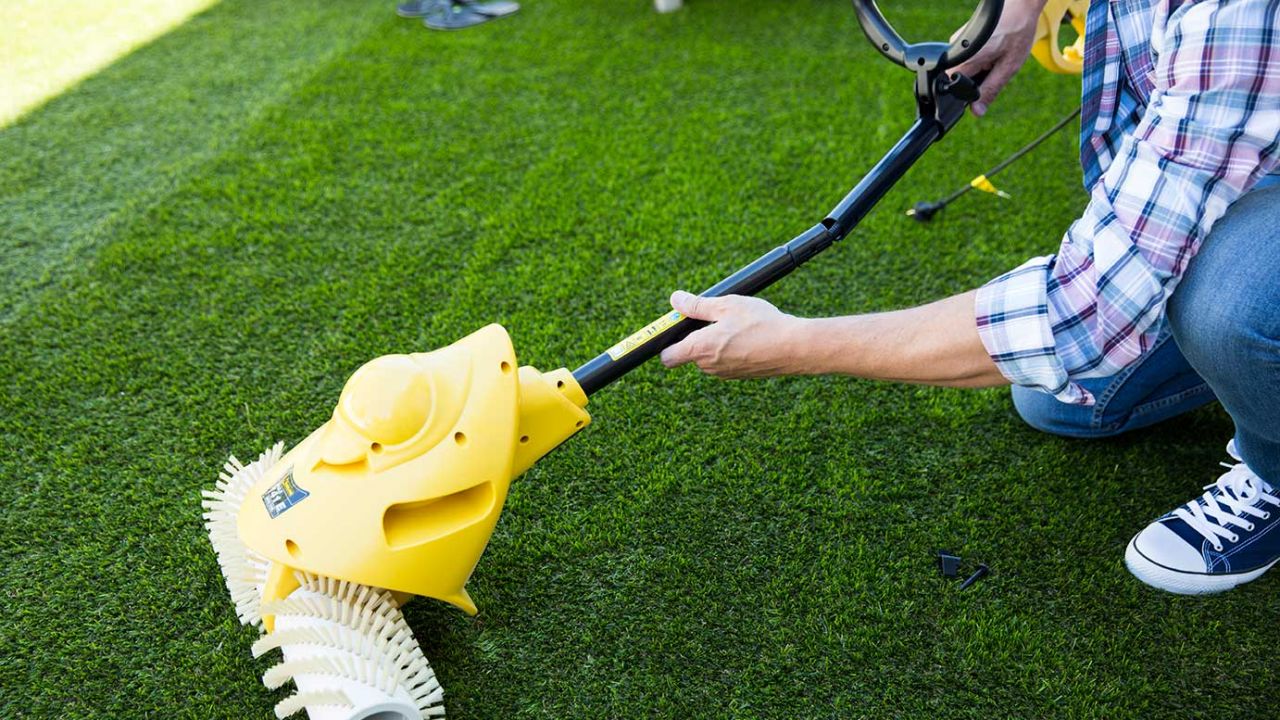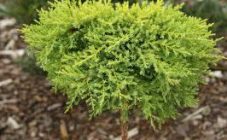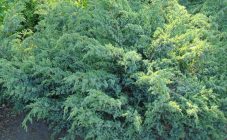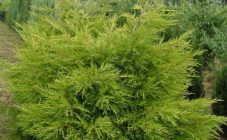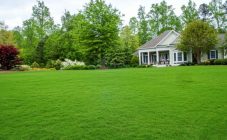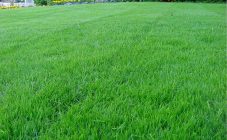Content:
For summer residents who do not have enough free time to grow and care for a beautiful natural lawn, an artificial lawn is excellent, helping to make the area around the house beautiful and well-groomed. It is similar in appearance to natural grass. Manufacturers offer several types of coatings that do not require special attention and constant care. They differ in size, density and pile color. The choice of a particular type of coating depends on the conditions of its use.
The main types of artificial turf
Types and operating conditions of artificial turf:
- Not a backyard lawn. In appearance it is no different from natural grass. Its main drawback is its low strength, therefore, after long-term operation, trampled spots appear. Most often it is used to decorate a summer cottage, ennobling the house and creating a unique landscape.
- The backfill lawn is used to cover large fields, for football and other sports, and for events with large gatherings of people. The main material for the production of the cover is polypropylene, which makes the artificial turf durable. Due to these properties, plastic grass is able to keep its shape for a long time. After laying, the surface is covered with river sand and rubber granulates, due to this, the friction during the sliding of the athletes is reduced.
- Semi-filled surface is covered on tennis courts and playgrounds. Quartz sand is used for bedding.
Advantages and disadvantages of artificial turf
Advantages:
- Wide range of applications.
- Good wear resistance even with daily use.
- Does not require sunlight and constant watering.
- Resists temperature extremes and decay.
- Softens impacts when falling.
- No additional investment is required for maintenance.
- Decorates landscape design.
- Serves for a long time.
- Installation is possible in any climatic conditions.
- A wide selection of shades, density, hardness and height of the blades.
The disadvantages include:
- Lack of natural aroma and live energy.
- Expensive materials.
- When exposed to sunlight, it heats up to a temperature of 60 ° C.
- Not recyclable.
Coating characteristic
Artificial turf is sold in rolls, with polyethylene or polypropylene pile fixed on an elastic base. The textured appearance completely imitates a natural lawn. The minimum height of the villi is 6 mm, and the maximum is 100 mm.
Moisture does not accumulate on synthetic turf thanks to the base with small holes, water is perfectly absorbed and goes into the ground. If you cover the territory with such a covering, it will be possible to completely avoid the appearance of puddles during rains or wet cleaning of the lawn. The hygroscopicity of the plastic base is about 60 liters in 1 min.
Artificial turf is resistant to natural factors, but also has good fire-fighting properties, is not affected by ultraviolet radiation, temperature extremes and other thermal influences.
Most often, artificial turf is made in shades of green, brown and red. Placing an artificial turf in two shades of green will make it look more natural. The lack of gloss brings the plastic lawn as close to natural as possible.
Lawn material
The coating is made from plastic polymers: plastics, polyethylene and polypropylene. They are well resistant to aggressive environmental influences.
Plastic is a natural material based on synthetic and natural polymers. Polyethylene and polypropylene are thermoplastic polymers obtained by adding metal-complex catalysts.
All types of lawns have the same structure: thin blades of grass squeezed out of hot plastic and covered with latex are fixed on an elastic base.
Laying artificial turf with your own hands
Laying the lawn yourself is not difficult. You do not need to call experienced specialists and use complex technical devices. After carefully reading the instructions and gradually completing all the steps for laying, a simple summer resident will cope with this work with his own hands, thereby ennobling the area around the house and even in the cemetery. A properly laid lawn will delight you with its appearance for a long time and will last a long time.
First, the surface is cleaned of debris, stones, glass fragments and vegetation, and then leveled.
Most often, the earth has bumps and depressions of different sizes; before laying the base, they must be leveled with a shovel and rake. After the surface of the territory is compacted. If you lay the cover on the field, then the stage of leveling the surface is carried out with a special roller, and if it is a summer cottage, then the available means come to the rescue - a large log or pipe.
For the drainage of rainwater, before laying an artificial turf-turf, drainage grooves are made at the lower points of the site. This will prevent puddles from accumulating.
Stages of laying a lawn:
- Rolls are rolled onto a flat surface. They should stand for about 10 hours. During this time, the plastic villi will straighten and take an upright position. The strips of material are stacked on top of each other, about 1.5 cm each.
- Before fixing the strips, cut through both layers of the flooring with a sharp knife so that the strips are connected to each other as accurately as possible.
- To fix the artificial turf together, you need to glue the parts. To do this, you will need to bend the edges in different directions, lay a connecting tape between them so that the joint of the coating is in its middle. Next, you need to apply a special two-component glue, straighten the strips, press their edges tightly against the belt and roll them out with a roller.
- When the strips are connected into a single piece, backfill is carried out. Large-sized quartz sand is used for it. A more suitable grain size is 0.3-0.6 mm. This procedure is performed with special devices or other technical means. If the area is not large, then it is covered manually. All grains of sand should be evenly distributed between the villi of artificial grass, for this, the covering is combed with a large rake.
- At the last stage, the football turf is sprinkled with rubber granules up to 3 mm in size, after which the layers are combed again.
Features of laying the lawn
An important aspect of laying your lawn is to create proper drainage. If you ignore the drainage grooves after the rains, the artificial turf will be in the water, the surface will quickly deteriorate without the possibility of recovery.
Re-sprinkling of the coating with sand and granules is repeated after 6 months of use.
Lawn care tips
An artificial turf does not require special attention to itself, unlike a natural one, but periodically it needs to be looked after.
- For good adhesion of the coating to the ground, it is recommended to water it once every 7 days.
- With constant use, you will need to clean the lawn weekly with a special nylon brush. Movements should be in different directions so that the fibers do not fall in one direction.
- Weeds can grow along the edges of the cover and must be removed by hand to avoid damaging the base.
- A special vacuum cleaner collects organic dirt, which gets stuck in the villi and clogs the drainage system. Snow and ice are removed from the coating in the same way.
- Professional cleaning is carried out 2 times a year. Weeds are removed around the perimeter and the integrity of the coating is checked. If there is damage, then they are eliminated. Garbage and filler are collected with cleaning equipment. For the drainage system to work well, the sand is ventilated. After all operations, sand is re-filled.
- The operation of the coating at subzero temperatures is prohibited, since the plastic stems lose their elasticity and break under mechanical stress.
To preserve the beautiful and attractive appearance of artificial grass, it is not recommended to:
- walk in dirty shoes;
- litter it with household waste, various tools and large heavy objects;
- use a plastic lawn until all damage is removed;
- move on the surface in vehicles, except for special cleaning machines.
If you follow the recommendations and operating instructions, as well as properly care for the coating, you can significantly increase its service life.
Artificial turf is an excellent substitute for ordinary grass and significantly saves time, because it does not take a long time for its cultivation and constant maintenance.

